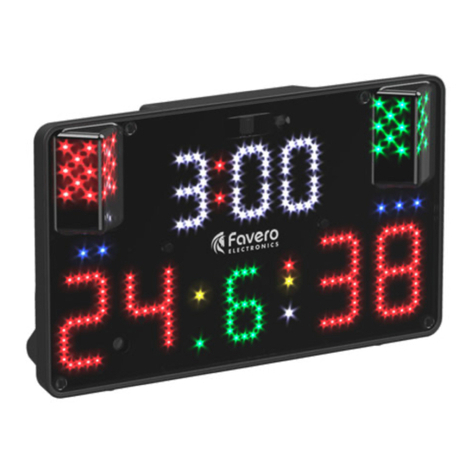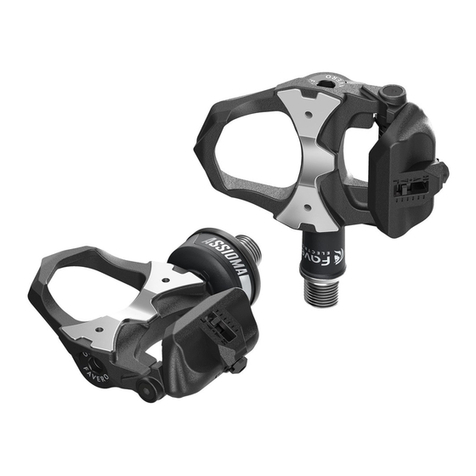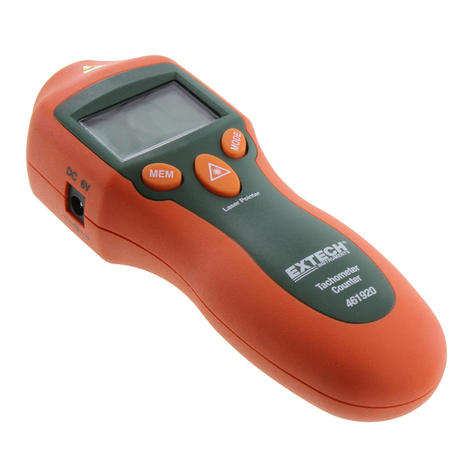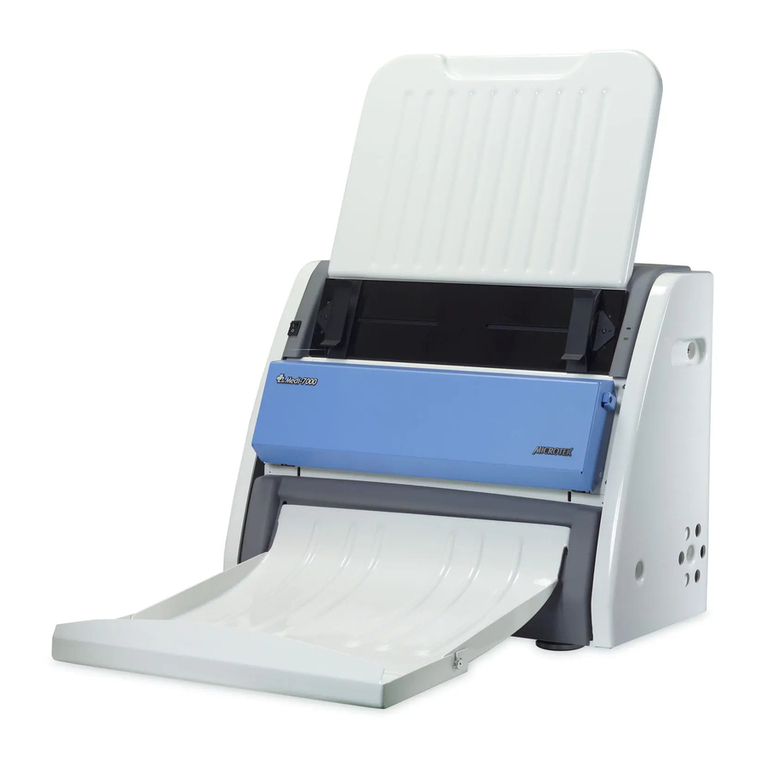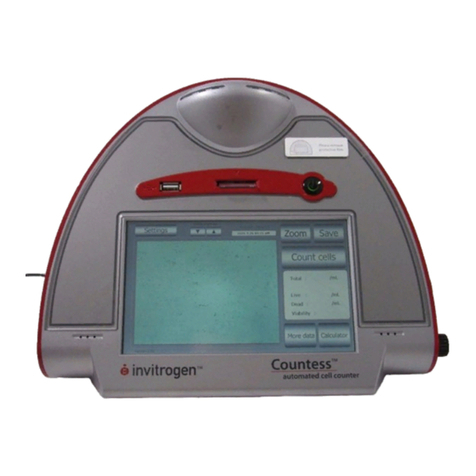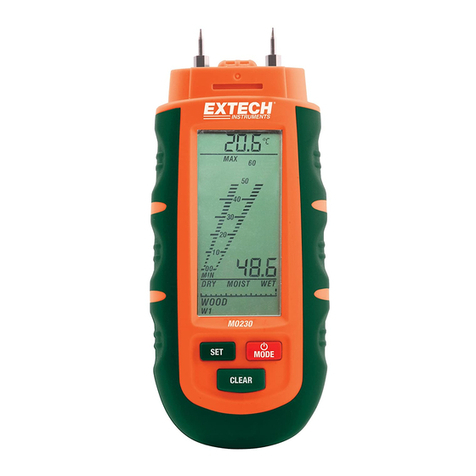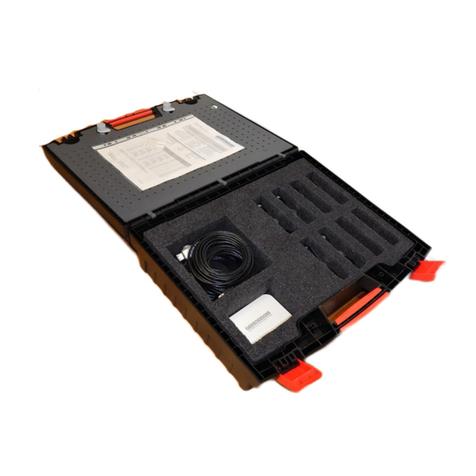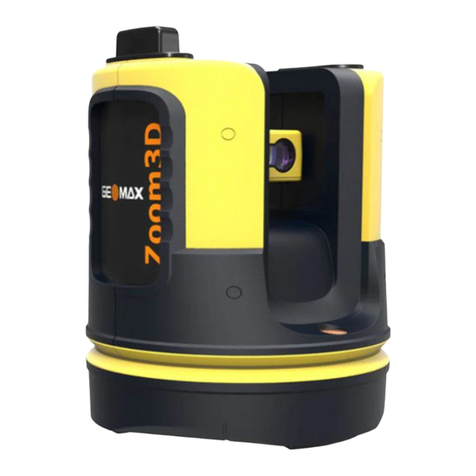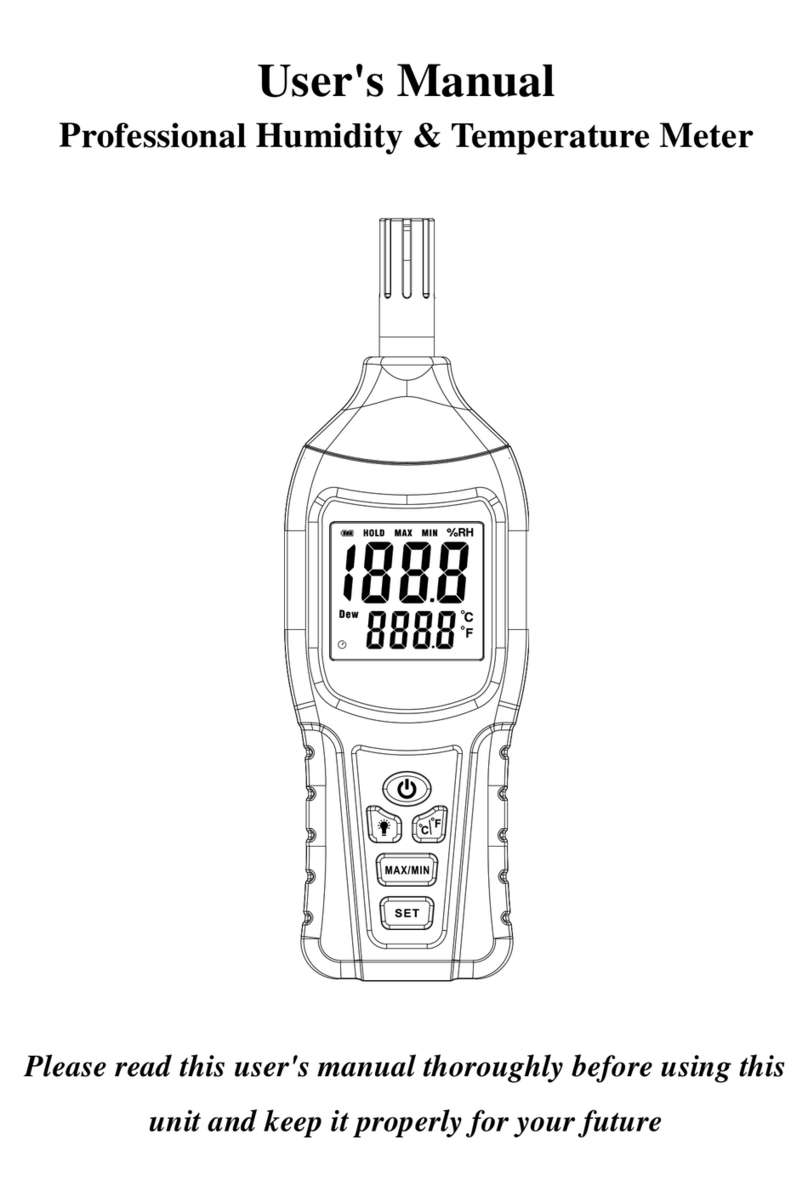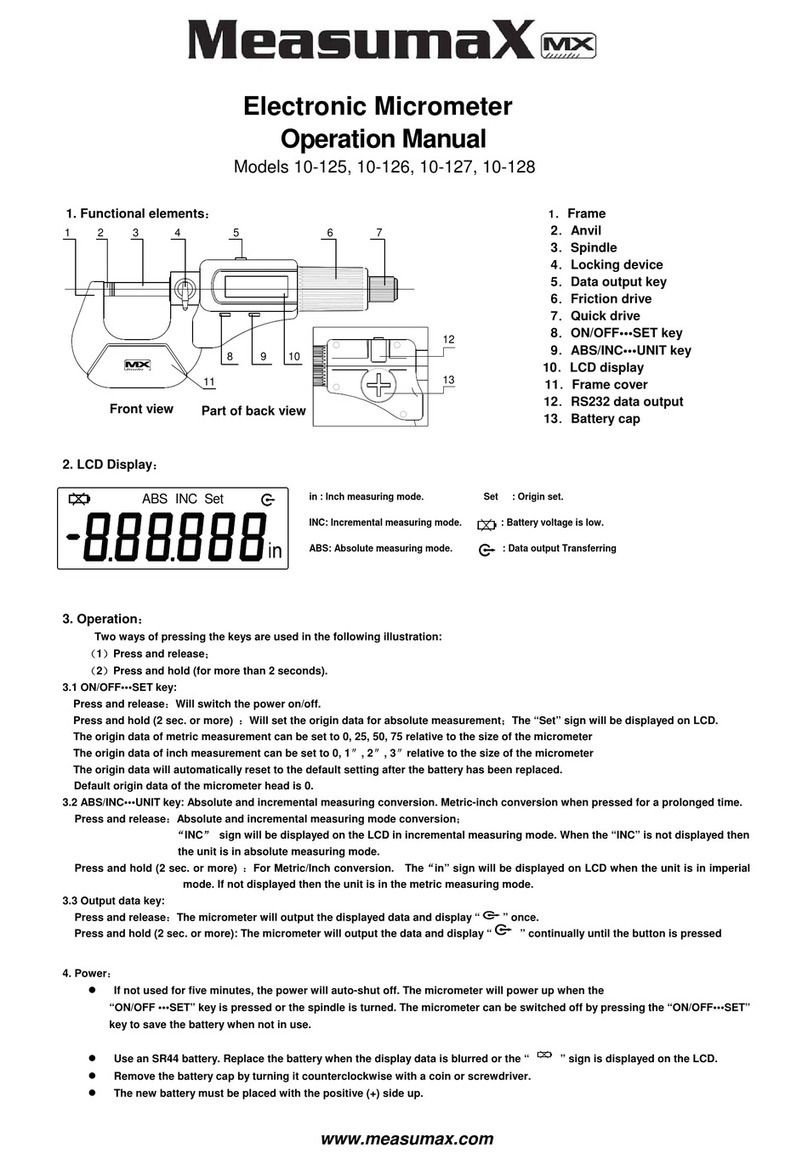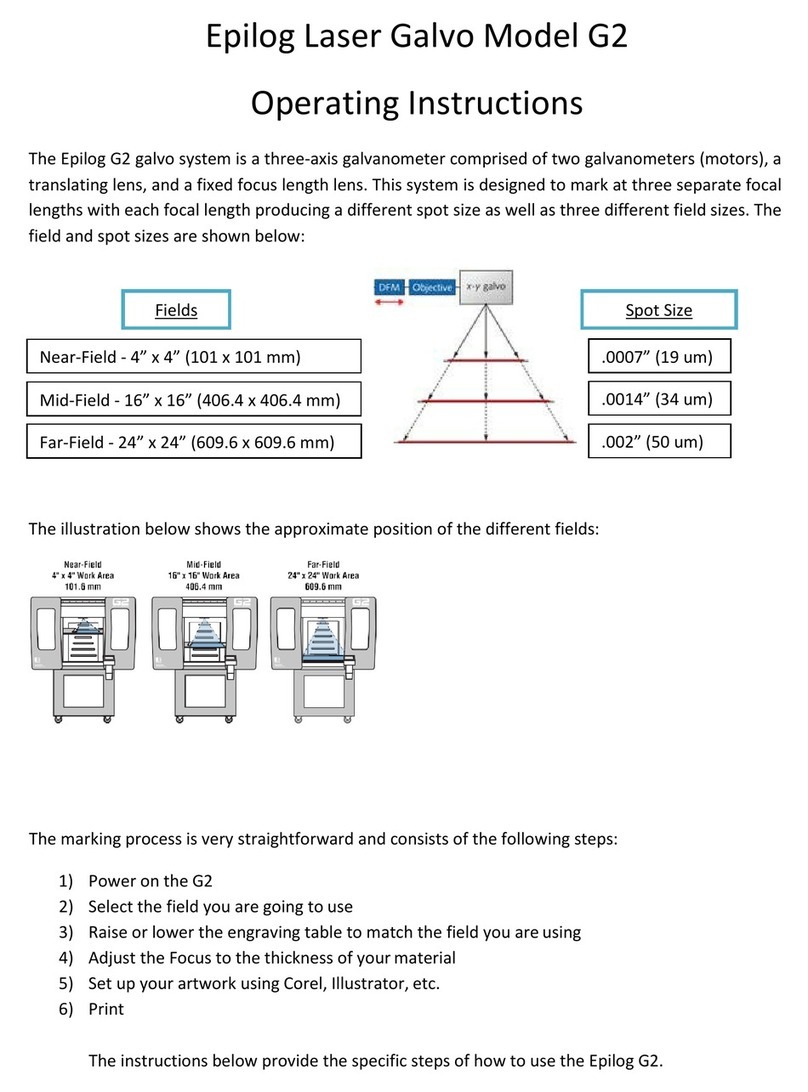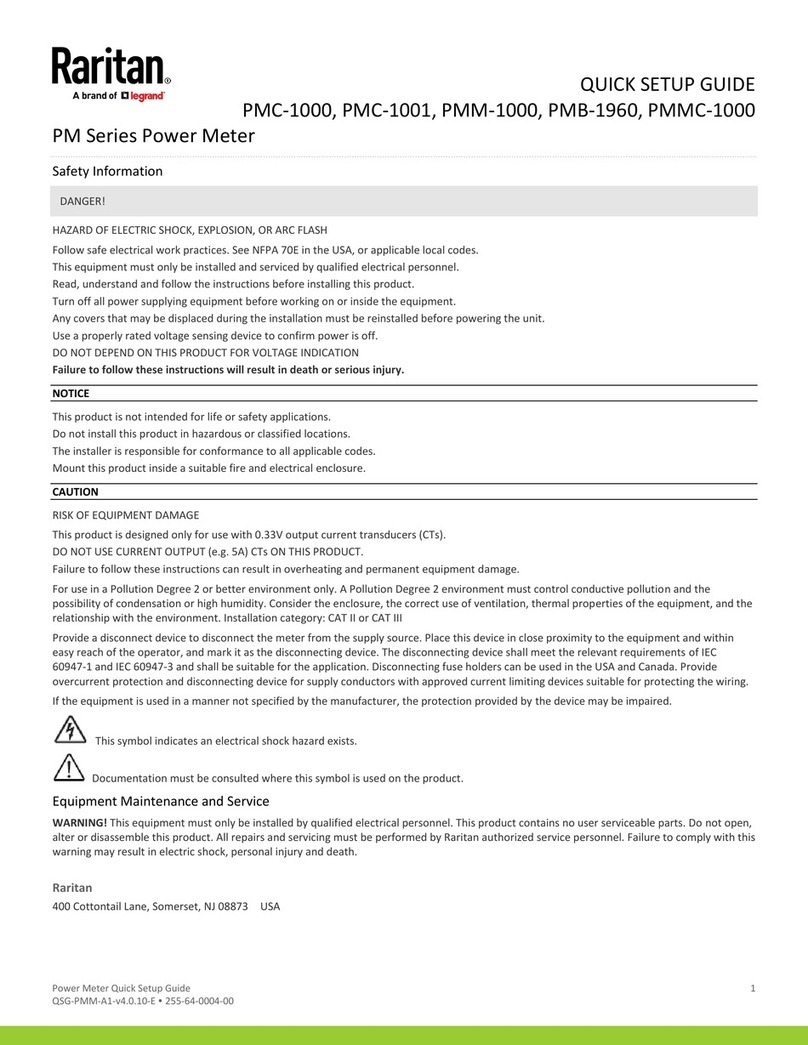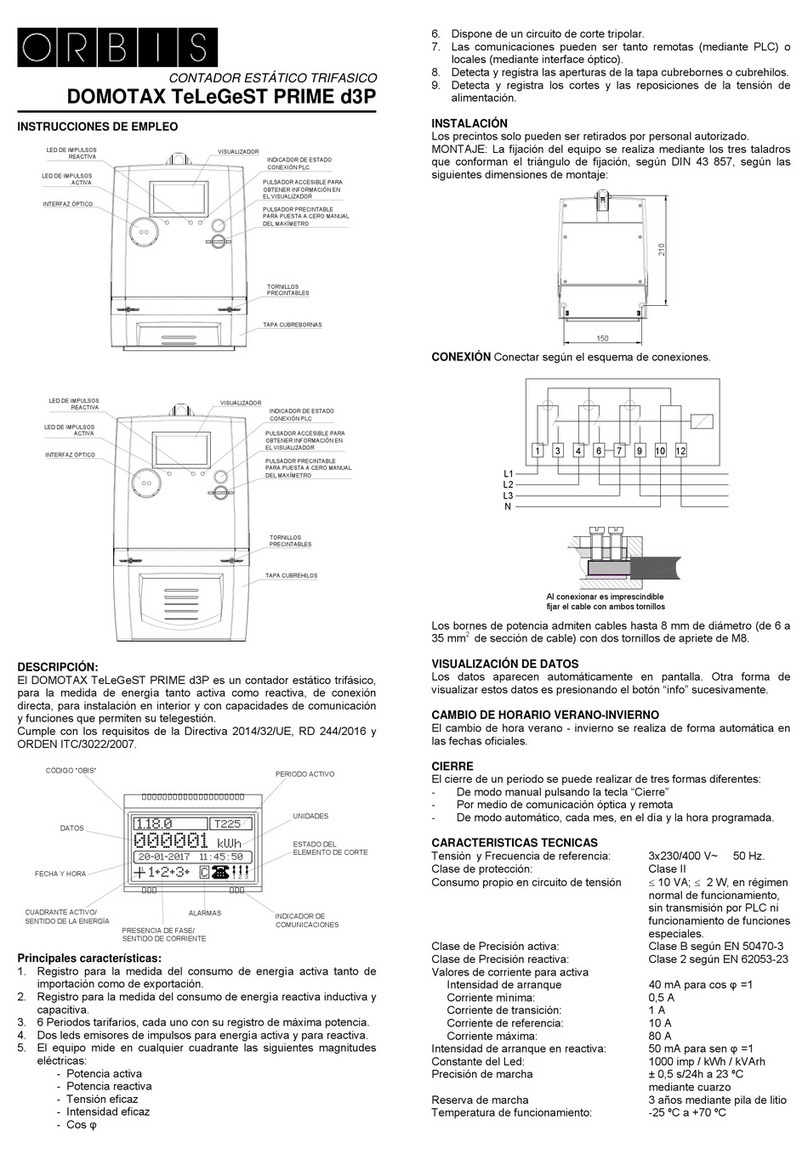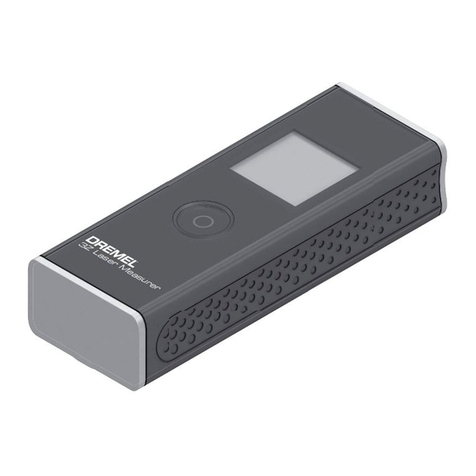Favero Electronics ASSIOMA UNO User manual

1. User manual 1EN
Manuale d’uso 18 IT
Bedienungsanleitung 35 DE
Art. 772-01 ASSIOMA UNO cycling power meter
Art. 772-02 ASSIOMA DUO cycling power meter

1
FAVERO Electronics - 0259-0902A Assioma user manual _Rev21 - EN-IT-DE
ENGLISH
ENGLISH -USER MANUAL
Quick start
1. Switching on Assioma (Chap. 5).
2. Activating Assioma (Chap. 6).
3. Fixing the pedals to the crank-arms (Chap. 7).
4. Cleat xing, shoe position check and cleat release force adjustment (Chap. 8).
5. Bike computer conguration (Chap. 9).
• Pairing Assioma to the bike computer (Chap. 9.1).
• Conguration of power elds (Chap. 9.2).
• Crank-arm length (Chap. 9.3).
6. Manual and automatic calibration (zero-offset) (Chap. 10). VERY IMPORTANT
7. Using Assioma for the rst time on road or rollers (Chap. 11).
Manual calibration is required at rst installation and any time Assioma is
moved between bikes otherwise data may not be displayed correctly.

2FAVERO Electronics - 0259-0902A Assioma user manual _Rev21 - EN-IT-DE
ENGLISH
Contents
1. Versions
Assioma UNO left pedal with power sensor,
right pedal without power sensor
Art.
772-01
Assioma DUO Left and right pedals with power sensor Art.
772-02
1. Versions 2
2. Package content 3
3. Product description 3
4. Warnings 4
5. Switching on Assioma 4
6. Activating Assioma 4
7. Fixing the pedals to the crank-arms 5
8. Cleat xing, shoe position check and cleat release force adjustment 6
9. Bike computer conguration 8
10. Manual and automatic calibration (zero-offset) 9
11. Using Assioma for the rst time on road or rollers 10
12. Battery charge 10
13. Transforming Assioma UNO into Assioma DUO 12
14. Removing the pedals 12
15. Reinstalling the pedals (on another bicycle) 12
16. Compatible bike computers 12
17. App compatibility 13
18. LEDs behavior 13
19. Inspection and maintenance 13
20. Spare parts 14
21. Product troubleshooting 14
22. Copyright 15
23. Warranty 15
24. Technical features 15
25. Exploded view of the components 17
26. FCC Statement 52

3
FAVERO Electronics - 0259-0902A Assioma user manual _Rev21 - EN-IT-DE
ENGLISH
2. Package content
• Assioma pair of pedals with sensor (1 sensor for Assioma UNO, 2 sensors for Assioma DUO).
• 1 battery charger with EU, US, UK, AU plug adaptors ( IEC Types C, A, G ,I ).
• 2 m USB/micro USB cable (1 cable for Assioma UNO,2 cables for Assioma DUO).
• Magnetic charging connector (1 connector for Assioma UNO,2 connectors for Assioma DUO).
• 2 red cleats (6° oat), 1 8 mm hexagonal wrench, 4 washers.
• User manual, Safety instructions, Warranty information.
3. Product description
Assioma is a pedal for racing bicycles with a quick clip system, provided with power
sensor to measure the force applied to the pedal during the pedal stroke.
This pedal includes the function of cadence meter and can calculate the power of a
single leg in real time, sending it to the bike computer.
It is provided with a rechargeable battery designed to guarantee an operating time of
at least 50 hours during many years of use. Therefore, there are no openings with
gaskets for the replacement of the battery.
Assioma is fully sealed (IP67) thanks to its case without openings and all its internal
components are immersed in a special lling resin.
For radio communication, Assioma is compatible with the ANT+ standard and
Bluetooth v4.0 standard, or later version. The use of Bluetooth v4.0 in
smartphones started in 2011 - 2012.
b
c
d
a
4 LEDs, one every 90°
Left pedal (L) or right pedal (R) indication
Connector for battery charging
Sensor

4FAVERO Electronics - 0259-0902A Assioma user manual _Rev21 - EN-IT-DE
ENGLISH
4. Warnings
Please carefully read this manual and the safety instructions before installing
the product. An incorrect installation may lead to accidents and possible
damage to things and/or injury to people.
If you have any doubts about your ability to install the product, we recommend
you to ask for the assistance of a specialized mechanic. An incorrect installation
may cause or result in irreparable damage to the product which shall not be
covered by the warranty. Before starting to ride, check that the force necessary
to release your shoe from the pedal is suitable.
Visit the YouTube channel: Favero Cycling to see the detailed video installation.
https://www.youtube.com/Favero_cycling
5. Switching on Assioma
Assioma will automatically switch on by turning the pedals or starting to ride and will
automatically switch off after 5 minutes of inactivity.
When using Assioma for the rst time, connect it to the supplied battery charger
for a few seconds to switch it on. Follow the same procedure if “Travel mode”
has been activated from the Favero Assioma app.
If the LEDs do not blink, charge the battery as indicated in Chap. 12.
For LED behavior read Chap. 18.
6. Activating Assioma
Assioma must be activated to measure the power and cadence. If it is not activated,
such measuring will not be performed. The activation also determines the start of the
warranty period, allows updating the software and sending diagnostic reports to
check the correct operation of the product.
Activation is obtained with the specic “Favero Assioma” app, available both for iOS
and Android. The app can be downloaded free of charge.
Make sure that your smartphone is compatible with the Bluetooth v4.0
standard or later versions, and that your internet connections is active.
Open the app and follow the instructions to perform the search, the connection to your
device and the activation. If Assioma does not appear in the search section, make sure
that it is not already connected via Bluetooth to another device (e.g. bike computer).
For more information, read the FAQs on the website: cycling.favero.com.

5
FAVERO Electronics - 0259-0902A Assioma user manual _Rev21 - EN-IT-DE
ENGLISH
7. Fixing the pedals to the crank-arms
7.1. Washer use
The washers supplied are only necessary in the following cases:
• The crank-arm producer requires the use of a washer.
• The crank-arm has a recessed seat and one or two washers must be used to ensure a
free space between sensor and crank-arm.
Pressing the sensor against the crank-arm when tightening the pedal may damage
it. This operation would invalidate the warranty. If necessary, use 1 or 2 washers
to ensure a free space of at least 1 mm between the sensor and crank-arm.
If a cadence sensor is tted near the pedal, remove it to avoid any contact with the Assioma sensor.
7.2. Tightening the pedals
Before tightening the pedals, apply a thin layer of grease to the pedal axle thread.
Tighten the pedal to the crank-arm using the supplied 8 mm hexagonal wrench at a
tightening torque of about 35-40 Nm (25-30 ft lb), a standard torque for the tightening
of many pedals. If the crank-arm producer species a different tightening torque,
apply it.
≥ 1 mm
Crank-arm
with recessed seat
0 mm

6FAVERO Electronics - 0259-0902A Assioma user manual _Rev21 - EN-IT-DE
ENGLISH
Pay attention to the rotation direction:
• Tighten the left pedal
counter-clockwise
(facing the pedal).
• Tighten the right pedal
clockwise
(facing the pedal).
8. Cleat xing, shoe position check and cleat release force adjustment
8.1. Cleat xing
Use only the supplied cleats (red cleats, oat 6°) or original LOOK Kéo cleats.
The use of non-original LOOK Kéo compatible cleats may be unsuitable and any
damage to the product will not be covered by the warranty.
To x the cleats, use the supplied screws and washers.
Align the cleat in the preferred position and tighten the screws with a tightening force
of 4÷6 Nm (3÷4.5 ft lb), as for most of the cleats on the market.
Black cleats are also available for separate purchase
(oat 0°), Art. 771-40.
Washers
Cleat
Tightening torque:
4÷6 Nm (3÷4.5 ft lb)
Fixing screws

7
FAVERO Electronics - 0259-0902A Assioma user manual _Rev21 - EN-IT-DE
ENGLISH
8.2. Shoe position check
Thanks to its reduced dimensions, the sensor never comes into contact with the shoe
even when large size or at-soled footwear is worn.
Before starting to ride, check that the distance between the shoe and the sensor
is at least 2 mm. Do not use the product if the sensor is in contact with the shoe,
the shoe cover or the cleat, as it can be damaged and this would invalidate the
warranty.
If the distance between the sensor and the shoe is less than 2 mm, move the cleat to
the most appropriate position or insert spacer Art.771-45 between the cleat and the
shoe sole.
Cleat
≥ 2 mm
Shoe
Assioma

8FAVERO Electronics - 0259-0902A Assioma user manual _Rev21 - EN-IT-DE
ENGLISH
8.3. Cleat release force adjustment
Before starting to ride, try to release the shoe several times and make sure that
the release force is suitable.
The correct direction to unclip is external to the bike.
9. Bike computer conguration
9.1. Pairing Assioma to the bike computer
The pairing procedure associates Assioma to the bike computer to start the radio
communication between the two devices.
Please read the bike computer manual to learn how it performs the search and pairing
of a power sensor. Make sure that Assioma is switched on before proceeding (Chap. 5).
Each Assioma has a unique 5-digit identication number (ANT+ ID) written on the
packaging. This number identies Assioma in the list of devices which can be paired
with the bike computer.
Bike computers require that only the left pedal be paired. The left pedal will transmit
also the data collected by the associated right pedal.
On Bluetooth bike computers and other devices with Cycling Power Prole (CPP), the
left pedal can be recognized by an L that follows the identication number.
The spring tension can be adjusted using the
screw shown in the picture. To increase the
tension turn clockwise;
to decrease the tension, turn counter-clockwise.
Use a 3 mm wrench (not supplied).
Increase
Decrease
Adjust the tension
of the spring depending
on your needs.

9
FAVERO Electronics - 0259-0902A Assioma user manual _Rev21 - EN-IT-DE
ENGLISH
Important warnings to avoid communication problems during pairing:
• Make sure there are no other power meters switched on nearby (10 m).
• The bike computer must be within 2 m from Assioma.
• For Bluetooth devices only: make sure Assioma has not already been paired
or connected via Bluetooth to another device or app.
• If you set Assioma DUO in “Dual channel L/R” mode, the right pedal sensor
can be recognized by the R ID identication number written on the outside
of the box. For more information, see Chap. 17.
9.2. Conguration of power elds
Once the pairing procedure has been completed (Chap. 9.1), it is possible to congure
the bike computer so that it displays the power data in the preferred way: please refer
to the bike computer manual.
It is recommended to at least set the following parameters: 3 second power, 30 second
power, cadence, 30 second average balance.
9.3. Crank-arm length
The crank-arm length affects power calculation: Assioma must know this length. An
incorrect value will lead to incorrect power values.
Please refer to the bike computer manual to learn how to set the crank-arm length.
If the crank-arm length cannot be set on the bike computer, set this parameter using
the Favero Assioma App.
Do not set the crank-arm length via the Favero Assioma App if the bike computer
already allows this operation; the set value would be overwritten.
10. Manual and automatic calibration (zero-offset)
Each Assioma sensor is factory calibrated to ensure its guaranteed precision under any
operating conditions, including ambient temperature variations, for which automatic
compensation from -10°C to +60°C is active.
No return to the Manufacturer is therefore necessary for periodic factory calibration.
With the 4.75 rmware update, Assioma introduces the automatic calibration (zero-offset)
functionality, a sophisticated algorithm considering different aspects over time.
The only suggested precaution is to store the bike upright (not tilted), with no load
applied on the pedals. Automatic calibration is independent of the crank position.
Manual calibration is, therefore, not necessary, yet it is possible to keep on performing
it in a few seconds via the Assioma app or bike computers/third-party-apps. By doing
so, the values registered by the last automatic calibration will be overwritten by those
of the manual one.

10 FAVERO Electronics - 0259-0902A Assioma user manual _Rev21 - EN-IT-DE
ENGLISH
Manual calibration is required at rst installation and any time Assioma is moved
between bikes.
How to perform manual calibration:
• Switch on Assioma.
• Turn on the bike computer or start an app (this function is available also on the
Assioma app). If Assioma is not detected, make sure it is not already connected via
Bluetooth to another device.
• Release the shoes from the pedals and make sure that they are not in contact with
anything.
• Place the bike upright (not tilted) keeping it as still as possible. Otherwise, it will
not be possible to complete the calibration. Reposition your bike before trying
again.
• Place the crank-arms in vertical position.
• Read the bike computer manual to learn how to:
• Open the power sensor menu.
• Press the “Calibration” or “Zero Offset” button.
• Make sure that manual calibration was successful; usually the display shows
a conrmation message or a 0 (zero).
• Repeat the operation if an error occurs.
Sometimes manual calibration is slowed down or prevented if other ANT+
sensors (e.g. cardio band, cadence sensor) are enabled but switched off on the
bike computer, as the bike computer searches them but cannot nd them. In this
case, it is necessary to switch them on, or disable them temporarily on the bike
computer.
11. Using Assioma for the rst time on road or rollers
On the rst installation, Assioma will not send any power data to the bike computer until
it has completed the internal self-calibration. Assioma self-calibrates while cycling by
making a few tens of complete pedal strokes. To speed up the procedure, it is advisable to
cycle seated, at a uniform pace and on a leveled road. Self-calibration can be considered
completed once Assioma sends the power data to the bike computer.
12. Battery charge
Assioma has an internal rechargeable lithium battery with at least 50-hour life
span. The capacity of each battery is tested during the manufacturing process.
The battery life is very long thanks to the low number of battery charges required.

11
FAVERO Electronics - 0259-0902A Assioma user manual _Rev21 - EN-IT-DE
ENGLISH
If you use Assioma for 15 hours a week, it is sufcient to charge it once every 3 weeks.
The battery can also be charged when it is only partially discharged: this will further
increase its life span.
If the product is not used for long periods of time, charge the battery anyway at
least every 3 months in order to avoid the risk of irretrievably damaging the
product.
When the battery of a pedal runs low, the bike computer will display a warning. The
remaining battery life, after a low battery warning, will be of about 8 hours.
To charge the batteries, follow the procedure below for each sensor:
• Connect the battery charger supplied to an electrical socket.
• Connect the USB cable supplied to the battery charger.
• Insert the micro USB connector into the magnetic connector (see the picture).
• If the sensor contacts are wet or dirty, dry or clean them with a dry cloth.
• Connect the magnetic connector to the pedal as indicated in the picture: the LEDs
switch on and remain switched on during the entire recharging. Once recharging has
been completed, the LEDS will blink every 0.5 seconds.
Recharging a completely discharged battery takes about 6 hours.
Recharge at a temperature ranging between 5°C and 40°C. Beyond this range,
recharging is blocked to protect battery functionality.
Micro USB connector
Magnetic charging
connector

12 FAVERO Electronics - 0259-0902A Assioma user manual _Rev21 - EN-IT-DE
ENGLISH
If necessary, Assioma can also be charged with a common smartphone battery
charger, instead of using the one supplied.
When a socket for battery charger is not available, a common “power bank” can be used.
To charge two sensors at the same time, use a model with 2 USB ports. Some models are
not able to fully charge the battery as their minimum charge current is higher than 50 mA.
13. Transforming Assioma UNO into Assioma DUO
Assioma UNO measures the power only on the left pedal. It is possible to buy the right
pedal with the sensor (art. 772-51) at a later date and therefore pass to a system equal
to Assioma DUO. The left pedal must be paired to the new right pedal using the Favero
Assioma app.
14. Removing the pedals
To remove the pedal, use the supplied 8 mm hexagonal wrench:
• Unscrew the LEFT pedal CLOCKWISE (facing it).
• Unscrew the RIGHT pedal COUNTER-CLOCKWISE (facing it).
15. Reinstalling the pedals (on another bicycle)
Any time the pedals are moved from one bicycle to another, manual calibration must
be performed (Chap. 10).
Once the pedals are reinstalled, the power and cadence data displayed on the bike
computer are no longer reliable until Assioma performs an internal self-calibration.
Assioma self-calibrates while cycling by making a few tens of pedal turns. To speed up
the procedure, it is advisable to ride seated, at a uniform pace and on a leveled road.
16. Compatible bike computers
Assioma is compatible with any ANT+ bike computers with Bike Power (PWR) prole.
For the complete list of the ANT+ certied products, visit the website:
http://www.thisisant.com/directory/ (select “Bike Computers” in the Categories menu).
It is advisable to install the latest rmware version available from the bike
computer manufacturer.
If you buy a new bike computer, we suggest the purchase of a model having a “CT”
(Crank Torque) ANT+ prole, which ensures a better stability of the power being
displayed.

13
FAVERO Electronics - 0259-0902A Assioma user manual _Rev21 - EN-IT-DE
ENGLISH
17. App compatibility
Assioma is preset in a “Unied channel L” mode that ensures the greatest possible
compatibility with apps that manage data transmitted by power meters.
A small set of Bluetooth bike computers and apps might require a change in the
preset “Compatibility with other apps” parameter from the Favero Assioma app.
Before changing the “Unied channel L” setting to “Dual channel L/R”, we
recommend contacting your cycling app Support to nd out what the best
solution is.
18. LEDs behavior
Fast and continuous blinking for 3 seconds • Indicates that Assioma is being switched on.
Short blinking every 3 seconds • Indicates that Assioma is switched on.
Fixed light • Indicates that the battery is being
charged.
Short blinking every 0.5 seconds • Indicates that the battery charging has
been completed.
19. Inspection and maintenance
Carefully inspect the product before starting a cycling session; check all parts
for damage, cracks, loose parts and signs of wear. Do not use the product unless
you have carefully checked and replaced any worn or damaged parts.
If the product is not in perfect conditions, its use may be the cause of accidents,
damage to things and/or injuries to people, as well as the cause of early
degradation of the product and its performance.
Clean Assioma with a damp cloth.
Do not use aggressive chemicals such as: gasoline, gas oil and petrol by-products in
general, alcohol, industrial or all-purpose degreasers, etc. Do not use high pressure
cleaners.
Periodically check that the end cap (Chap. 25) is correctly tightened. Before each
cycling session, check that the pedals and cleats are properly working. If the
cleats are worn out, they may cause accidents.
Do not attempt to open or disassemble the sensor as you may damage it and
invalidate the warranty. Assistance must be carried out only by a specialized

14 FAVERO Electronics - 0259-0902A Assioma user manual _Rev21 - EN-IT-DE
ENGLISH
technician, authorized by Favero Electronics.
20. Spare parts
For more information on spare parts, visit the website cycling.favero.com.
21. Product troubleshooting
Over- or underrated power
• Perform manual calibration (Chap. 10).
• Check if there is any contact between the shoe, or shoe cover, and the sensor
(Chap. 8.2).
• Check the setting of the crank-arm length (Chap. 9.3).
Faulty left/right balancing
• Perform manual calibration (Chap. 10).
• Check if there is any contact between the shoe, or shoe cover, and the sensor (Chap. 8.2).
Cadence and power are not displayed
• Activate the product (Chap. 6).
• Congure the bike computer (Chap. 9).
• Perform manual calibration (Chap. 10).
• Ride uniformly to allow self-calibration (Chap. 11).
The LEDs do not switch on
• Fully charge the product (Chap. 12).
• Make sure that the battery charger and the cables supplied are correctly
working (Chap. 12) or use a common smartphone battery charger.
There is no connection to the Favero Assioma app
• Enable the Bluetooth connection on your smartphone.
• Make sure that the smartphone is compatible with the Bluetooth v4.0
standard or later versions.
• Disable and again enable the Bluetooth connection on your smartphone.

15
FAVERO Electronics - 0259-0902A Assioma user manual _Rev21 - EN-IT-DE
ENGLISH
The force necessary to engage and release the shoe from the pedal is not the one
wanted
• Adjust the tension of the springs using the adjusting screw (Chap. 8.3).
For more information, read the FAQs on the website: cycling.favero.com.
22. Copyright
Copyright 2017. All rights reserved.
It is forbidden to reproduce this manual in full or in part unless explicit written
consent is obtained from Favero Electronics.
The manufacturer reserves the right to improve or modify the product and this manual
without any obligation of prior notice to private users or organizations. Assioma® is a
registered trademark of Favero Electronics. LOOK and Kéo trademarks belong to LOOK
Cycle International. All other trademarks and registered trademarks are the property
of their corresponding owners.
23. Warranty
All the information related to the product warranty are contained in the “Warranty”
leaet supplied with Assioma or which can also be downloaded from the
cycling.favero.com website.
24. Technical features
Product code: Assioma UNO (art. 772-01),
power sensor installed only on the left pedal
Assioma DUO (art. 772-02),
power sensor installed on both pedals
Radio protocol: ANT+ PWR (CT + PO) prole, Bluetooth v4.0
2.4GHz ISM band, RF power max 4dBm, GFSK modulation
Transmitted data: power (watt), cadence (rpm),
L/R balance % (only for Assioma DUO),
torque effectiveness (TE), pedal smoothness (PS), IAV Power
Phase, IAV Rider Position
Minimum and maximum power: 0 - 3000 W

16 FAVERO Electronics - 0259-0902A Assioma user manual _Rev21 - EN-IT-DE
ENGLISH
L/R balance: 0-100% (only for Assioma DUO)
Minimum - maximum cadence: 30 - 190 rpm
Power measuring accuracy: ± 1%
Cadence sensor: internal, built-in
Internal battery: rechargeable lithium battery with at least 50 hour life
charging: 5Vdc max 100mA
USB charger: see charger specication
Total pedal weight with sensor: 151,5 g
Pedal weight without sensor: 130,3 g
Pedal axle material: AISI 630 H900 stainless steel
Pedal axle threading: 9/16"-20 TPI
Bearings: no.3 sealed cartridge bearings
Operating temperature: -10 / +60 °C
Battery charging temperature: +5 / +40 °C
Protection degree: IP67
Certications: CE, FCC, PSE, AUS/NZ, KC, RoHS, ANT+, BLE
Compatible cleats: FAVERO red cleats (art. 771-42), black cleats (art. 771-40),
LOOK KEO Cleat® (original only)
Max cyclist weight: 120 Kg 1
Warranty: 2 years
This product has been designed for weights no higher than those clearly specied.
A person exceeding the weight limit herein specied will use this product at his/her own risk.
This product is ANT+ certied and complies with the ANT+ specications:
www.thisisant.com/directory
This product is certied to be a Bluetooth low energy technology product.
1

17
FAVERO Electronics - 0259-0902A Assioma user manual _Rev21 - EN-IT-DE
ENGLISH
25. Exploded view of the components
Set of adhesive labels
Art. 772-94
• Tightening torque 2-3 Nm.
• Clockwise closing direction both
for right and left pedal
• Tightening torque 8-10 Nm.
• Clockwise closing direction for left pedal.
• Counter-clockwise closing direction for right pedal.
• Use a 9 mm socket wrench (CH9)
with max. 13 mm outer diameter
End cap (2-3 Nm)
M6 nut (8-10 Nm)
6/13 bearing
10/15 bearing Left pedal body
Art. 772-60
Right pedal body
Art. 772-61
Oil retainer
Grease the axle with
lithium grease
Assioma sensor on left axle
Art. 772-64
Bearing set, M6 nuts,
oil seal, end caps, washers
Art. 772-72
Assioma sensor on right axle
Art. 772-65
14x20x1 washer
Pay attention not to
grease the thread
Other manuals for ASSIOMA UNO
1
This manual suits for next models
3
Table of contents
Other Favero Electronics Measuring Instrument manuals
